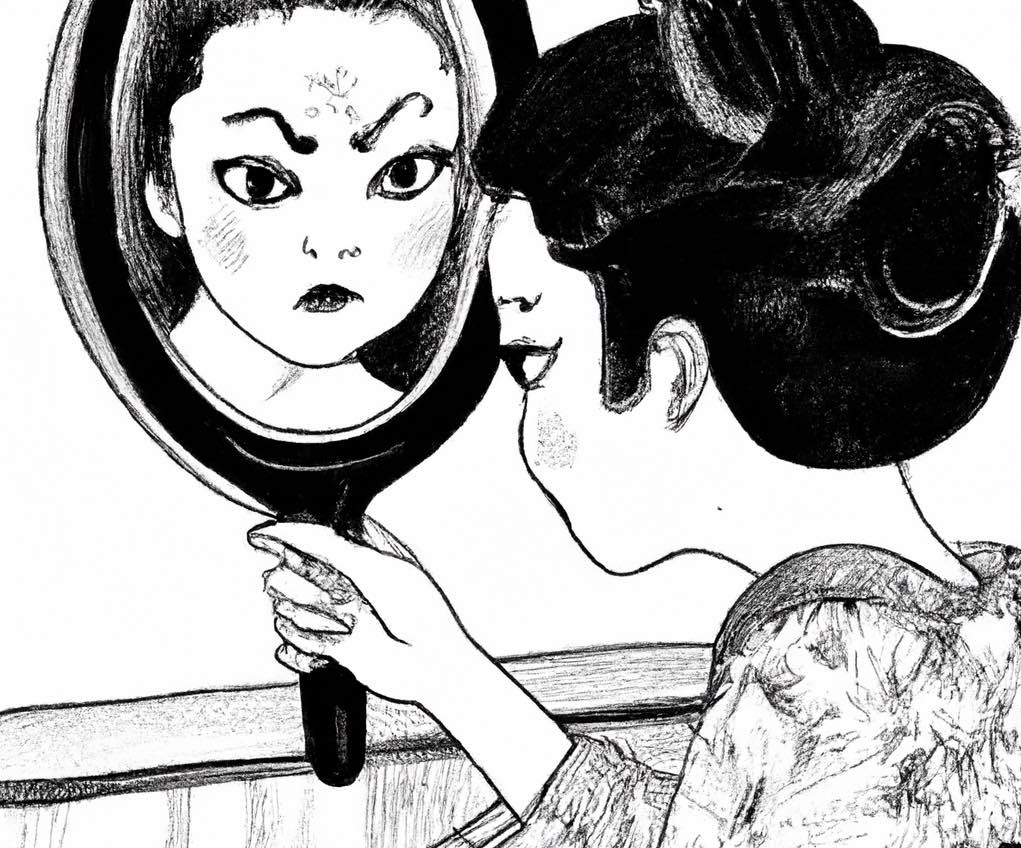Self-esteem is a cornerstone of our emotional well-being. It influences how we view ourselves, interact with others, and cope with life’s challenges. But what exactly shapes our self-esteem? And why do some of us struggle with it more than others? The cognitive model offers some compelling insights into these questions, particularly when it comes to the role of maladaptive beliefs.
How Do Our Thoughts Shape Our Self-Esteem?
The cognitive model, a central concept in Cognitive Behavioral Therapy (CBT), suggests that our thoughts (or cognitions) play a crucial role in determining how we feel and act. When it comes to self-esteem, the thoughts we have about ourselves—whether they’re positive or negative—can significantly impact our overall sense of self-worth.
What Role Does Self-Criticism Play?
Self-criticism is one of the most common ways our thoughts can harm our self-esteem. When we constantly berate ourselves, focusing on our flaws and shortcomings, we reinforce negative beliefs about our worth. These thoughts might sound like, “I’m never good enough,” or “I always mess things up.” Over time, such self-critical thinking can lead to feelings of inadequacy and hopelessness, trapping us in a cycle of low self-esteem.
Imagine someone who believes they must be perfect to be valued. This belief fuels intense self-criticism whenever they fall short of perfection, which inevitably leads to feelings of worthlessness. This cycle can be difficult to break, as each perceived failure reinforces the negative belief.
How Does Negative Thinking Affect Self-Esteem?
Negative thinking patterns—such as catastrophizing (expecting the worst) or black-and-white thinking (seeing things as all good or all bad)—can also damage self-esteem. When we engage in these types of thinking, we’re more likely to interpret events and situations in ways that confirm our negative beliefs about ourselves.
For example, if someone with low self-esteem is passed over for a promotion, they might immediately think, “I knew I wasn’t good enough for this job,” rather than considering other explanations, like the role wasn’t a good fit. This kind of thinking strengthens the belief that they’re inherently unworthy, further eroding their self-esteem.
How Do We Cope With Low Self-Esteem?
The way we cope with low self-esteem can either perpetuate or alleviate it. Maladaptive coping strategies, such as avoidance or seeking constant reassurance, often reinforce negative beliefs. For instance, if someone avoids challenges out of fear of failure, they miss opportunities to prove themselves wrong and instead confirm their belief that they’re incapable.
On the other hand, adaptive coping strategies—like facing fears, practicing self-compassion, and challenging negative thoughts—can help break the cycle. These strategies encourage us to replace negative beliefs with more balanced, realistic ones. For example, someone might start to think, “I’m not perfect, but I’m capable and learning,” which can gradually build their self-esteem.
How Can Changing Our Beliefs Improve Our Self-Esteem?
The good news is that by identifying and challenging our maladaptive beliefs, we can improve our self-esteem. Here’s how:
Maladaptive Beliefs:
- “I’m not good enough.” This belief leads to harsh self-criticism and a constant feeling of inadequacy.
- “If I fail, I’m a failure.” This black-and-white thinking sets unrealistic standards, causing undue pressure and stress.
- “I have to be perfect to be loved.” This perfectionistic belief leads to chronic dissatisfaction and fear of rejection.
Adaptive Beliefs:
- “I’m doing my best, and that’s enough.” This belief encourages self-compassion and reduces the impact of mistakes.
- “Failure is a part of learning.” This balanced view allows room for growth and reduces the fear of failure.
- “I’m valuable as I am.” This belief fosters self-acceptance and improves resilience against setbacks.
When we shift from maladaptive to adaptive beliefs, our self-esteem begins to improve. For instance, someone who replaces the belief “I’m not good enough” with “I’m doing my best” will likely feel more confident and less anxious. This change in thought patterns leads to healthier behaviors, like taking on new challenges, which further boosts self-esteem.
A Case Example: Sarah’s Journey
Let’s consider Sarah, who struggles with low self-esteem. She frequently tells herself, “I’m such a failure,” whenever she makes a mistake. This belief leads her to avoid new opportunities, fearing she’ll only confirm her incompetence. Over time, this avoidance reinforces her negative self-view.
Through cognitive therapy, Sarah learns to challenge her belief by asking, “Is it true that making a mistake makes me a failure?” She begins to replace this belief with, “Everyone makes mistakes, and they don’t define me.” With practice, Sarah starts taking on new challenges and discovers she’s more capable than she thought. As her beliefs shift, so does her self-esteem.
Final Thoughts
Self-esteem isn’t set in stone. By understanding the cognitive model and recognizing how our thoughts shape our self-worth, we can take proactive steps to challenge maladaptive beliefs. By fostering more balanced, compassionate, and realistic thinking, we can gradually build a healthier, more positive sense of self. And in doing so, we open ourselves up to greater confidence, resilience, and fulfillment.
According to the cognitive model, what plays a crucial role in determining self-esteem?
How does self-criticism affect self-esteem?
What is an example of an adaptive belief that can improve self-esteem?



